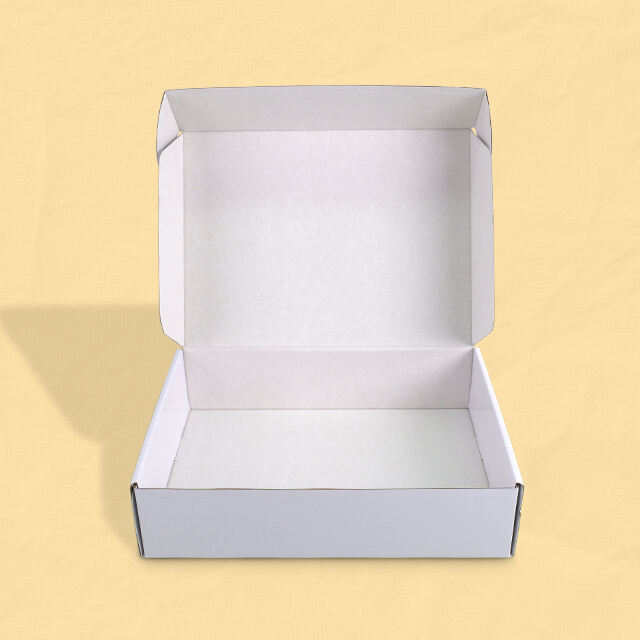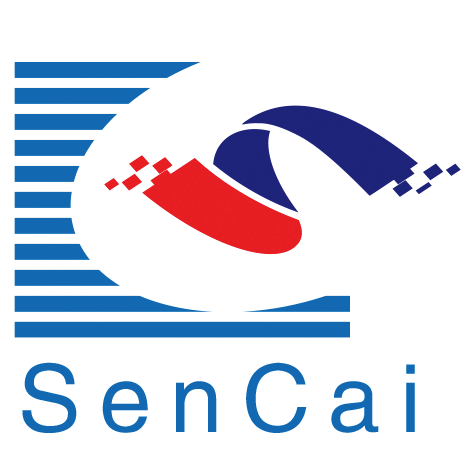
The growing demand for paper packaging has surged significantly in recent years, primarily driven by escalating e-commerce sales and a marked shift in consumer preferences towards sustainability. During the pandemic, e-commerce witnessed a substantial increase, fueling the need for efficient and eco-friendly packaging solutions like paper boxes. In the food industry, consumers are increasingly favoring sustainable packaging, leading to a pivot towards paper over plastic alternatives. Statistics indicate a promising growth trajectory for paper boxes, with industry reports projecting a compound annual growth rate (CAGR) of 5.5% from 2024 to 2028. This trend underscores a broader movement towards environmentally friendly packaging practices, making paper boxes an integral part of this shift.
Cake boxes and shipping boxes serve as prime examples of how industries are leading the adoption of recycled paper materials. Prominent baking brands are increasingly turning to cake boxes made from recycled materials as part of their eco-friendly strategies. This approach not only reduces waste but also resonates with consumers who prioritize sustainability in their purchasing decisions. Moreover, shipping companies are moving towards paper-based shipping boxes, further minimizing their carbon footprint. Several companies, such as UPS and FedEx, have publicly shared their commitments to sustainability, demonstrating the practical application and benefits of switching to paper boxes. This case study illustrates the tangible impact and growing acceptance of paper packaging in reducing environmental impact.
Recently, government regulations have become a driving force in promoting paper-based solutions by targeting single-use plastics. Policies aimed at reducing plastic usage have created a conducive environment for the adoption of paper packaging alternatives. These policy changes have been instrumental in nudging businesses towards sustainable practices. Financial incentives and grants for companies opting for eco-friendly packaging solutions further strengthen this transition. Environmental organizations highlight the importance of such government interventions as critical to achieving long-term sustainability in packaging. By fostering conditions that favor paper-based solutions, governments are playing a pivotal role in steering the packaging industry towards a more sustainable future.
Paper boxes present a notable advantage over traditional materials due to their biodegradability. Unlike plastic that can linger in the environment for centuries, paper boxes decompose naturally, thus significantly reducing waste and environmental impact. This aligns seamlessly with circular economy principles, which aim to keep resources in use for as long as possible. The production of paper boxes often involves recycled materials, making them an ideal fit for sustainability goals. A study in this domain showed that paper packaging has a lower lifecycle environmental impact compared to plastic, affirming their role in sustainable packaging solutions.
The carbon footprint of paper box manufacturing is dramatically lower than that of plastic production, primarily because paper boxes are derived from renewable resources. Paper is typically sourced from sustainably-managed forests, which not only absorb CO2 during growth but also require less energy to process compared to fossil-fuel-based plastics. According to insights from environmental scientists, transitioning to paper packaging can lead to substantial reductions in greenhouse gas emissions, offering a greener alternative in mitigating climate change impacts.
Customization forms a critical component of retail marketing, and paper boxes excel in this domain. They offer unparalleled flexibility for branding, allowing businesses to craft unique and colorful designs that capture consumer attention. For instance, many companies utilize pink boxes and other distinct color options for themed packaging, enhancing their shelf appeal. Case studies have demonstrated that tailored packaging not only improves customer experience but also bolsters brand loyalty, illustrating the commercial potential of investing in customized paper solutions for retail.
Recent advancements in water-resistant coatings have significantly enhanced the durability of paper boxes, making them more suited for applications like food packaging. These coatings, often derived from natural substances, provide a moisture barrier while maintaining the eco-friendly attributes of the paper. Industry experts emphasize that these innovations are vital for the market's perception as they align with growing demands for sustainable products. For example, packaging businesses are now able to offer more durable solutions without compromising on environmental standards, thereby reshaping the market's outlook on paper box capabilities.
The development of molded pulp packaging is a promising alternative to traditional foam and plastic materials due to its sustainable profile. Molded pulp is manufactured using recycled paper products, which not only diverts waste from landfills but also reduces reliance on non-renewable resources like polystyrene foam. Industries such as electronics and consumer goods have successfully adopted molded pulp, achieving significant reductions in their environmental impact. By utilizing molded pulp, companies not only adhere to sustainability goals but also enhance their brand's eco-friendly image, thereby fostering a positive public perception.
The integration of smart technologies in shipping boxes, such as QR codes and tracking systems, marks a significant innovation in the paper box industry, enhancing both supply chain efficiency and customer engagement. These smart features enable real-time tracking and authentication, providing consumers with valuable information about their purchase journey. Companies leveraging smart packaging report increased consumer trust and loyalty, as these technologies offer added value beyond traditional packaging solutions. By adopting such innovations, businesses can enhance operational transparency and efficiency, marking a step forward in modernizing packaging solutions.
The limitations of recycling infrastructure present a significant hurdle for the paper packaging industry. Current systems often fail to efficiently handle the diverse range of paper products, affecting sustainability goals. Despite the high recyclability rate of paper, with 68% recycled compared to 9% of plastic, infrastructure inadequacies hinder optimal recycling potential. Innovating waste management practices, such as enhancing collection systems and investing in advanced recycling technologies, can improve the recycling rates for paper boxes.
When evaluating cost factors, paper boxes often face challenges compared to plastic packaging. Although paper is seen as more sustainable, its production costs can outweigh those of plastic, largely due to raw material expenses and production processes. However, market trends indicating a shift towards eco-friendly solutions may tip the scales in favor of paper packaging. Companies like Amcor have successfully transitioned, leveraging their products' eco-appeal to justify potential cost premiums.
The paper packaging sector is on the brink of notable growth. According to industry reports, this market is expected to expand significantly, driven by the demand for sustainable alternatives. Advancements in materials, such as biodegradable coatings and cost-effective, recycled pulp innovations, are central to this growth. Experts predict that as consumer preference for sustainable packaging intensifies, the paper box industry will witness revolutionary advancements, positioning itself as a leader in eco-friendly solutions.


Copyright © copyright © 2024©Fujian Sencai Times Technology Co., Ltd. - Privacy policy